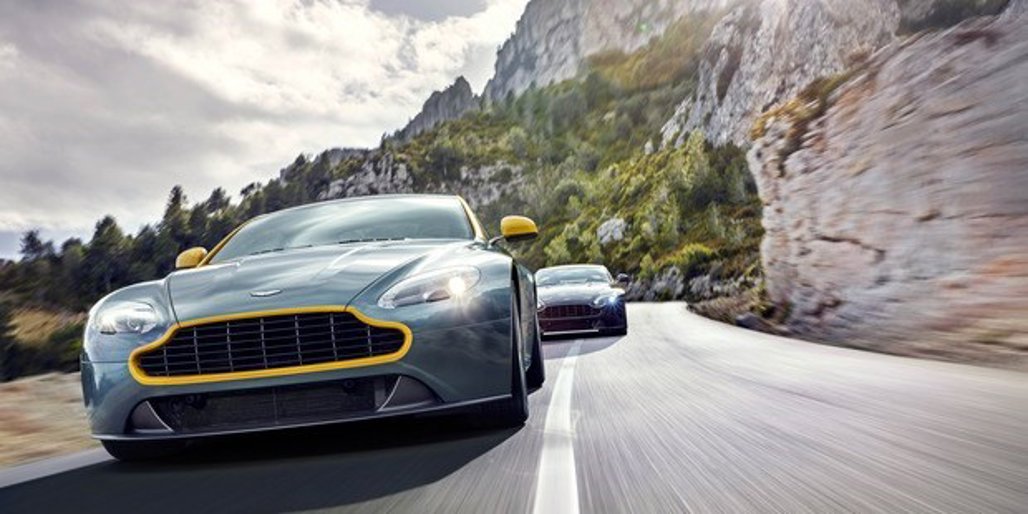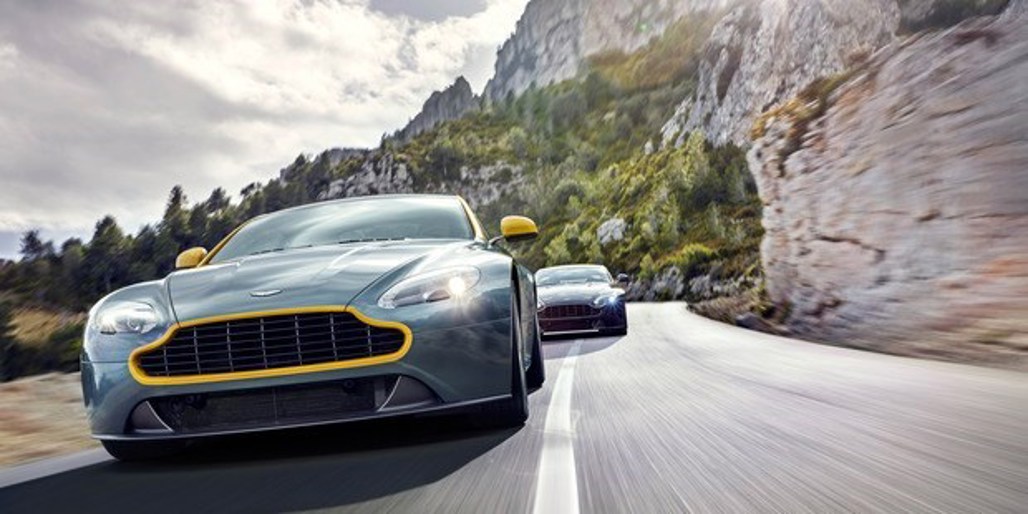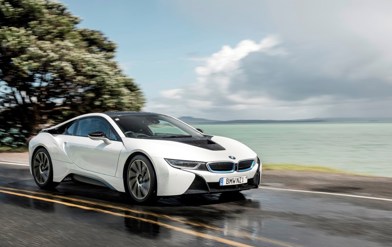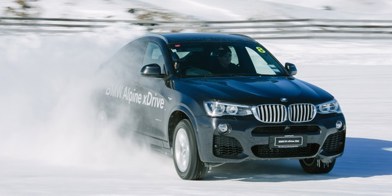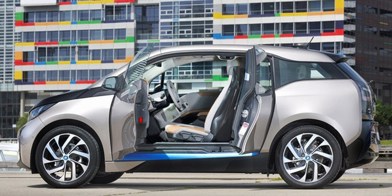We take Aston Martin's N430 for a spin in its UK home
Aston Martin's just-launched Vantage N430 might look as if it's had some lipstick applied - and in some ways it has. But, as Driven found out when we drove the car in Britain, there's more to the upgrade than a bit of cosmetic slap-and-tickle.
Driven by the same 4.7-litre dry-sumped eight that powers the Vantage, the N430 shares a lot with the Vantage S - a squeak more power and a sweeping suspension upgrade being the major changes.
The most obvious changes to this N430 - N for Nurburgring, 430 for the bhp output - are the two-tone flashes on the A-pillars and mirrors and the extra dynamic surefootedness that comes from trimming some pork.
Lighter forged rims and carbon/Kevlar seats cut the weight by about 20kg, and while this doesn't sound like it'd make a huge difference, the seat of the pants says differently.
It's got a few more accents - a tidy alcantara steering wheel, a flash of carbon here and there. But on the road, the dynamic improvements are very noticeable.
When I saw the two-tone N430 at the Geneva motor show for the first time I wasn't hugely impressed with the look. Nothing has changed there, but for those who'd prefer their car dressed in a single colour, with the paint quality that Aston Martin has always prided itself on, it is a box that can be unticked.
I had a couple of stints at the wheel of the N430 in six-speed manual form after visiting the company's factory in Gaydon, UK. These revealed a fast and fun machine that wears the Aston wings without the usual pricetag.
The N430 will sell in New Zealand for $197,000.
Its pace and handling have distinct similarities to the Vantage S, but the interior tweaks - particularly the body-hugging race seats which convey a lot of the road's message without being jarring - give it a different feel.
In the manual version, these fixed-back seats do have one distinct disadvantage - they make the ergonomics a touch difficult when changing gears. The six-speed ZF box is set slightly too far back, a result of the engine being placed rear of the front axle, which means a slightly unnatural reach for those around my height, just under 182cm. Lankier campaigners don't seem to suffer as much.
Like anything, a bit of familiarity helped negate the problem, but I'd guess that a lengthy drive would tire arm muscles.
The car's turn-in is absolutely spectacular, again because of the engine position. It can be driven on throttle very easily and requires little more than a prod of the right foot and a bit more oomph on the tiller to cope with tighter-radius bends.
The manual gearbox is well-cogged, with ratios perfectly suited to the engine. With a reasonably light clutch, it was quite tractable around some of the tight and busy English villages on our route.
Without the turbochargers that hang off almost everything these days, the engine does feel dated, but that's due more to having to push the engine to higher revs to get going than having boost-fed torque handed to you on a plate.
But Aston Martin prides itself on the sportscar experience, and for those who value a pure sporting experience, almost entirely uninterrupted by know-it-all computer programmes, this is a worthy option.
And when you consider its pricing against some of the V12-toting machinery, it's a bargain entry into one of the world's best brands.
